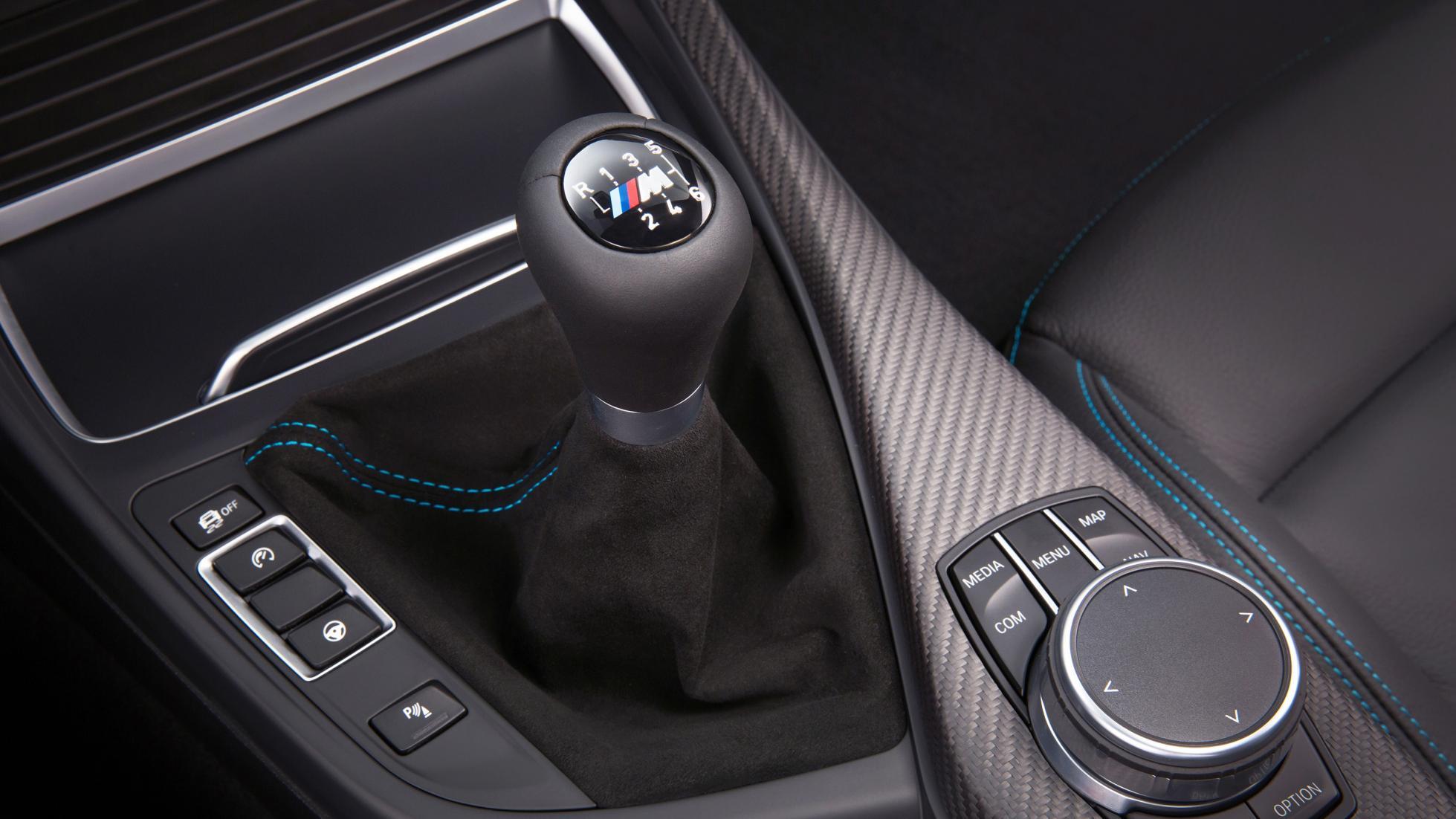The sound of a bumper that is too low on a threshold that is too high already crosses the pain threshold for car enthusiasts, but the sound of dozens of stones on the paint may be even more painful. Now that it has been quite cold in the Netherlands for a few days, we have the feeling that there are many more stones on the highway. Is it really true that there is more chippings after frost? And why is that?
A spokesperson for Rijkswaterstaat confirms that it may indeed be the case that you are more likely to suffer from stone chips on the highway after a few nights of frost. The low temperatures make the binding agent in the asphalt more brittle and cracks appear. Water gets into this and expands again when it freezes. The expansion of this water destroys the asphalt.
The loose stones cause stone chips
The asphalt that comes loose then remains on the highway and causes stone chips. These are not huge potholes in the asphalt, but enough so that you encounter more loose stones on the highway. If large pieces of asphalt are broken, Rijkswaterstaat will repair this as quickly as possible or at least close the lane.
The same spokesperson also reports that there are no reports of damaged asphalt on the A2, where we experienced a lot of stone chips last week. It could be minor damage, but it could also be that a truck (or a trailer) happened to drive by. So: you do indeed have a greater chance of stone chipping due to frost, but it can always be a coincidence.
Does Rijkswaterstaat pay for repairs to your car?
'Rijkswaterstaat, as a road manager, can be held liable for damage caused by a defect in the road. As a road manager, Rijkswaterstaat can reasonably be expected to take measures to prevent damage. This includes placing warning signs and speed limits,” Rijkswaterstaat writes.
If you then drove too fast or sat too close behind the car in front of you, you can whistle for your money. And there are still some conditions. If you really think that your car has been damaged through no fault of your own, you can always contact Rijkswaterstaat.
What can you do about crushed stone?
You can always reduce the risk of stone chips by keeping your distance from the vehicle in front. If you are very careful with your paint, you may want to avoid rush hour after cold nights. Or you have to wait for a horror rush of death; if the traffic is just crawling, then you won't be bothered by stone chips. In any case, tailgating is not a good idea.

#suffer #stone #chips #frozen #nights